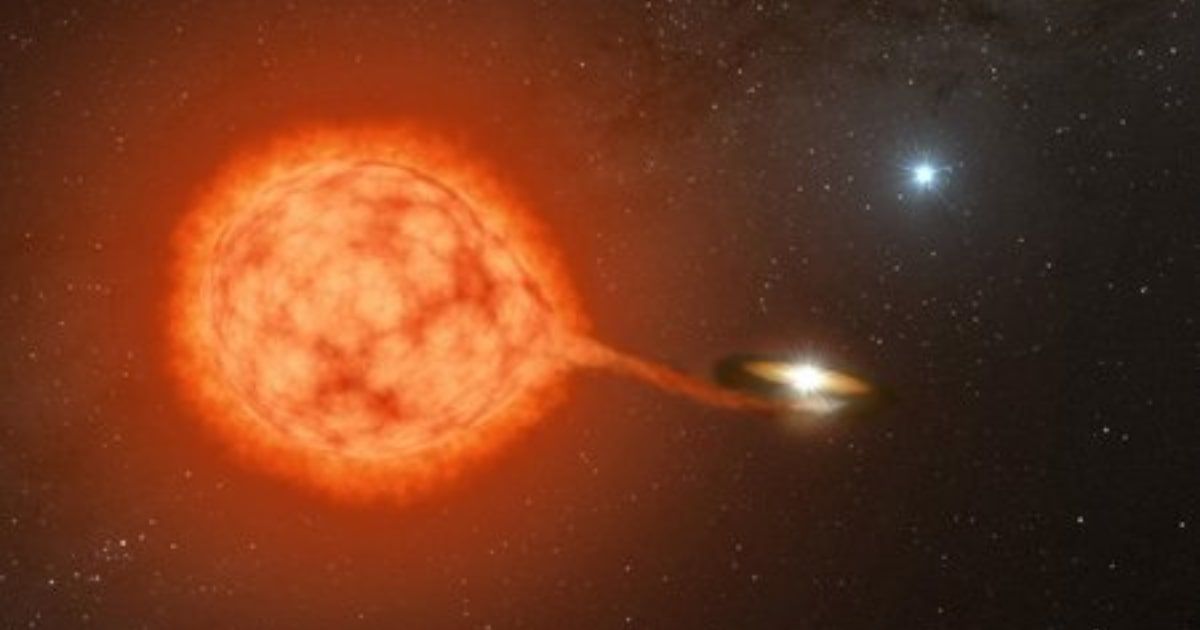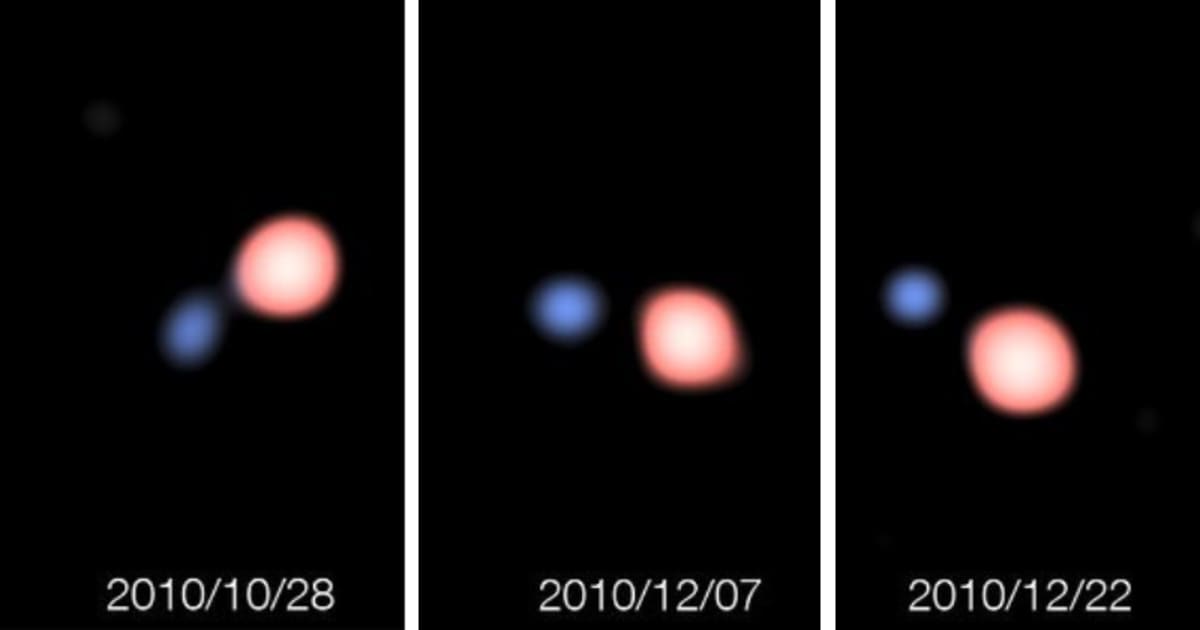Researchers from Caltech Catch Dwarf Planets Helping Space 'Vampire'

For a long time, astronomers have known that over the years, dead stars, often called “cosmic vampires,” strip away plasma from other stars. Now, it is suggested that these stars could have accomplices helping in this event, unlike what was previously believed. Scientists believe that a “third star” might be the secret accomplice helping the vampire stars in space to feed on unaware victims and explode. The research with further details was published in the journal Publications of the Astronomical Society of the Pacific.

The Story Behind the “Cosmic Vampires”
The systems that facilitate these encounters are called cataclysmic variables (CVs), as reported by Space. Their vampire stars are dwarfs, the type of stellar remnant that stars with masses similar to the Sun leave behind once they die. These white dwarfs steal matter from nearby stars, and when it builds up beyond a limit, they explode. The ending of the cataclysmic variables is well understood, but the new research suggests a new origin story. “Our results are revealing another formation channel for cataclysmic variables. Sometimes, a lurking third star is key,” remarked Kareem El-Badry, assistant professor of astronomy at California Institute of Technology (Caltech) and a co-author of the study, per Caltech.
The Cataclysmic Process
The CVs form when two stars get wrapped in a shared gas envelope, which pulls them closer. It becomes a red giant, which swallows its companion and then sheds the gas, leaving behind a white dwarf and a star nearby that can feed on it. However, since many stars live in triple-star systems, researchers El-Badry and Cheyanne Shariat, co-author of the study and Caltech graduate student, began to question what happens when three stars are involved. To learn more about this, the two turned to the European Space Agency (ESA) mission’s Gaia. Before it retired, Gaia tracked over billions of stars to collect information that allows scientists to construct a detailed 3D map of the universe. El-Badry and Shariat found over 50 CVs in the triple-star systems in which two stars are seen to be partners while the third orbits at a wider distance.
Strange, but true. Vampire stars exist. #HTUW pic.twitter.com/6jcV8lESZH
— Science Channel (@ScienceChannel) January 11, 2017
It wasn’t the end of their findings. Around 60% of the systems simulated a common envelope phase, and it was generally triggered by the third star. In the other 20% of the systems, the common envelope was formed in the standard way without the help of a third star. The data, after being adjusted to account for a more realistic view of the population of stars reflective of the Milky Way. It included known cataclysmic variables; they predicted 40% of the cataclysmic variables form in triple systems. It is four times higher than the Gaia sample. The team believes that this is because the many third stars in these systems were too difficult to see to have been lost from the system.
The Future of the Project
The simulation systems performed by El-Badry and Shariat also gave the space for the team to predict the type of triple-star systems that are most likely to form CVs. They found that white dwarfs are more likely to feed on other stellar companions with the assistance of a third star when the system starts with the third star being separated by over 100 times the distance between the Earth and the Sun. Gaia’s data did show that triple systems with CVs do tend to display wider orbits. “For the past 50 years, people were using the spiral-in common-envelope evolution model to explain CV formation. Nobody had noticed before that this was largely happening in triples!” El-Badry concluded.